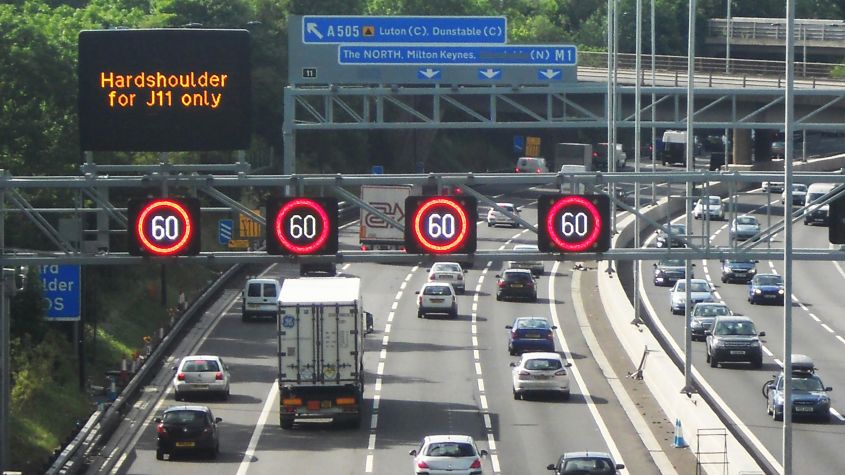Bring Back the Hard Shoulder: Safety Concerns on Smart Motorways

- The AA is calling for the return of hard shoulders on smart motorways
- Higher 'killed and seriously injured' accident rates on some smart motorways
- National Highways may not meet its target of halving KSIs on the strategic road network
- The AA reports that a third of radar detection schemes tested failed to meet the standard
- Continued failures by National Highways to meet safe operational standards for its Stopped Vehicle Detection system
Safety Concerns on Smart Motorways
The AA is campaigning for the return of hard shoulders to so-called 'smart motorways' with all-lane running, following the release of National Highways data pointing to some roads having higher 'killed and seriously injured' (KSI) accident rates than before the hard shoulder was removed.
All-lane running was introduced on British motorways in 2014 and has been highly controversial ever since, with drivers fearing the consequences of breaking down on fast-moving, crowded roads with nowhere to escape the traffic.
The Department for Transport under then secretary of state Grant Shapps introduced an 'action plan' in 2020 that was supposed to “raise the bar” on motorway safety. It eliminated 'dynamic hard shoulder' motorways where all-lane running was part time, and included measures to speed up the deployment of radar-based Stopped Vehicle Detection (SVD) tech designed to help National Highways control centres close lanes promptly in the event of breakdowns or collisions.
However, continued failures by National Highways to meet safe operational standards for its Stopped Vehicle Detection system has led to motoring organisation the AA to call for the reinstatement of hard shoulders on all motorways.
According to AA president Edmund King, data released by National Highways shows that several sections of all-lane running on the M1 have a higher KSI rate now than before the loss of the hard shoulder. He also stated that a third of radar detection schemes tested failed to meet the standard, with two of which failed and worsened in a 12-month period.
The UK roads regulator, Office of Rail and Road (ORR), reports that while National Highways appears on track to complete a package of safety improvements by its 2025 deadline, it looks “unlikely to meet its target of halving KSIs on the strategic road network”.